 Carpenter ants and termites are two wood-destroying insects that are often mistaken for one another. In the swarmer stages of their life cycles, they look very similar and swarm at the same time of the year. Although they both attack wood, one is infamous for being much more destructive than the other. So how do you tell the difference between termites and carpenter ants? Keep reading for info from the exterminators at Dugas Pest Control!
Carpenter ants and termites are two wood-destroying insects that are often mistaken for one another. In the swarmer stages of their life cycles, they look very similar and swarm at the same time of the year. Although they both attack wood, one is infamous for being much more destructive than the other. So how do you tell the difference between termites and carpenter ants? Keep reading for info from the exterminators at Dugas Pest Control!
Main Difference Between Termites & Carpenter Ants
When it comes to telling the difference between carpenter ants and termites, it’s important to look at the size of their wings and bodies.
- Carpenter ant swarmers
- These are black in color, with some species having slightly red coloring.
- Carpenter ants measure 1/2″–5/8″ with antenna bent at a 45-degree angle. Carpenter ants are by far the biggest ant species in the nation.
- Their wings are translucent with a reddish brown hue, laying over the posterior of the ant.
- Termite swarmers
- Swarmers are dark brown to black, and measure 3/8″ long including the wings.
- Their wings are a translucent to slightly milky or smoky color.
- Their wings may overlap, and are typically as long as or slightly longer than the body. This feature is the best way to differentiate them from carpenter ants.
The Damage Caused by Wood-Destroying Insects
Both carpenter ants and termites attack wood, but in different ways. Carpenter ants establish nests in wood that is already in decay, and later expand into sound wood, insulation, or wall voids. When you notice the damaged wood, the galleries they excavate appear to have been sanded. Although they destroy wood, the damage caused by carpenter ants does not amount to the potential damage of a termite infestation.
Termites find their way into a structure around basement windows, doorways, under siding, porches, or any structure in contact with the soil. Established colonies can range from 60,000 to over a million workers and can consume nearly 5 grams of wood per day. Bottom line, termites are significantly more dangerous than the carpenter ant!
How to Get Rid of Termites & Carpenter Ants
There’s no denying that these insects can both cause a lot of property damage with their wood-boring habits. If you notice the signs of either, it’s time to call the termite experts at Dugas Pest Control. Our exterminators will conduct a thorough inspection on your Baton Rouge LA property to determine whether you’re dealing with carpenter ants or termites. From there, we will work to exterminate these wood-boring insects with the most effective, fast-acting treatments.

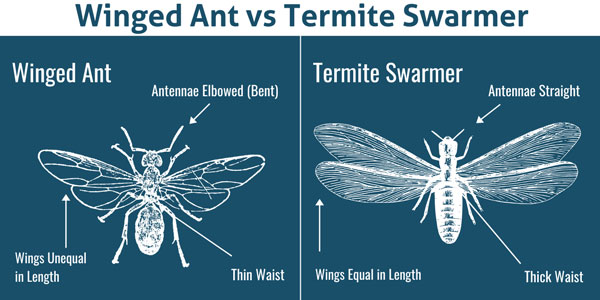
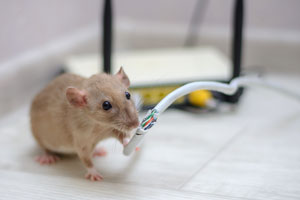 If your property has been inflicted with a rodent problem in the past, you know how distressing they are.
If your property has been inflicted with a rodent problem in the past, you know how distressing they are. 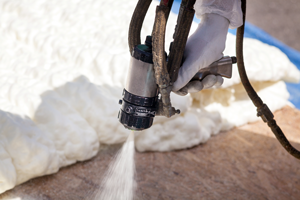 The most successful, long-lasting form of pest control is pest prevention. That’s where TAP® Insulation comes in! This industry-changing home insulation service not only surpasses traditional insulation, it also works to control pest problems in homes throughout Baton Rouge LA. Made out of more than 80% recycled paper, it is environmentally friendly and is an informed investment for any property owners looking to prevent pest infestations.
The most successful, long-lasting form of pest control is pest prevention. That’s where TAP® Insulation comes in! This industry-changing home insulation service not only surpasses traditional insulation, it also works to control pest problems in homes throughout Baton Rouge LA. Made out of more than 80% recycled paper, it is environmentally friendly and is an informed investment for any property owners looking to prevent pest infestations. Hindsight may be 20/20, but when it comes to protecting your family and home against pests this year, you can be proactive with the help of Dugas Pest Control. We are helping homeowners prepare for the 2020 pest season by offering insights into anticipated pest activity.
Hindsight may be 20/20, but when it comes to protecting your family and home against pests this year, you can be proactive with the help of Dugas Pest Control. We are helping homeowners prepare for the 2020 pest season by offering insights into anticipated pest activity.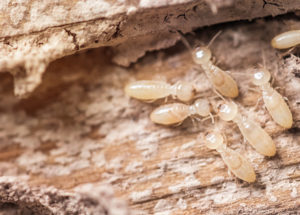 As you know, termite season can be unpredictable.
As you know, termite season can be unpredictable.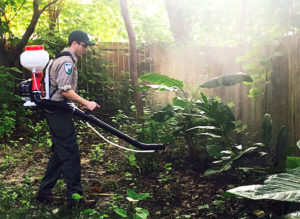 While the weather is still hot, the abundance of annoying mosquitoes we experience in South Louisiana can leave you feeling drained!
While the weather is still hot, the abundance of annoying mosquitoes we experience in South Louisiana can leave you feeling drained!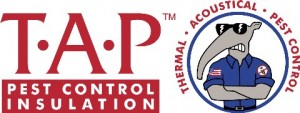 Trying to pick the right type of insulation for your home can give you a headache! You’ve got R values to consider as well as the type and age of your home.
Trying to pick the right type of insulation for your home can give you a headache! You’ve got R values to consider as well as the type and age of your home.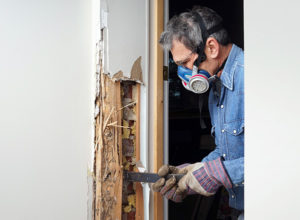 Termites are a big threat to wooden structures of all types and in particular, to homes. It is estimated that every year, termites cause around 40 billion dollars of damage to homes and other buildings worldwide besides damaging around 600,000 homes just in the United States.
Termites are a big threat to wooden structures of all types and in particular, to homes. It is estimated that every year, termites cause around 40 billion dollars of damage to homes and other buildings worldwide besides damaging around 600,000 homes just in the United States. Gone are the days when raccoons are treated as mere parts of the wildlife landscape. These days, they seem to be everywhere. Raccoons are a tricky bunch, and they are intelligent enough to adapt themselves right into houses.
Gone are the days when raccoons are treated as mere parts of the wildlife landscape. These days, they seem to be everywhere. Raccoons are a tricky bunch, and they are intelligent enough to adapt themselves right into houses.